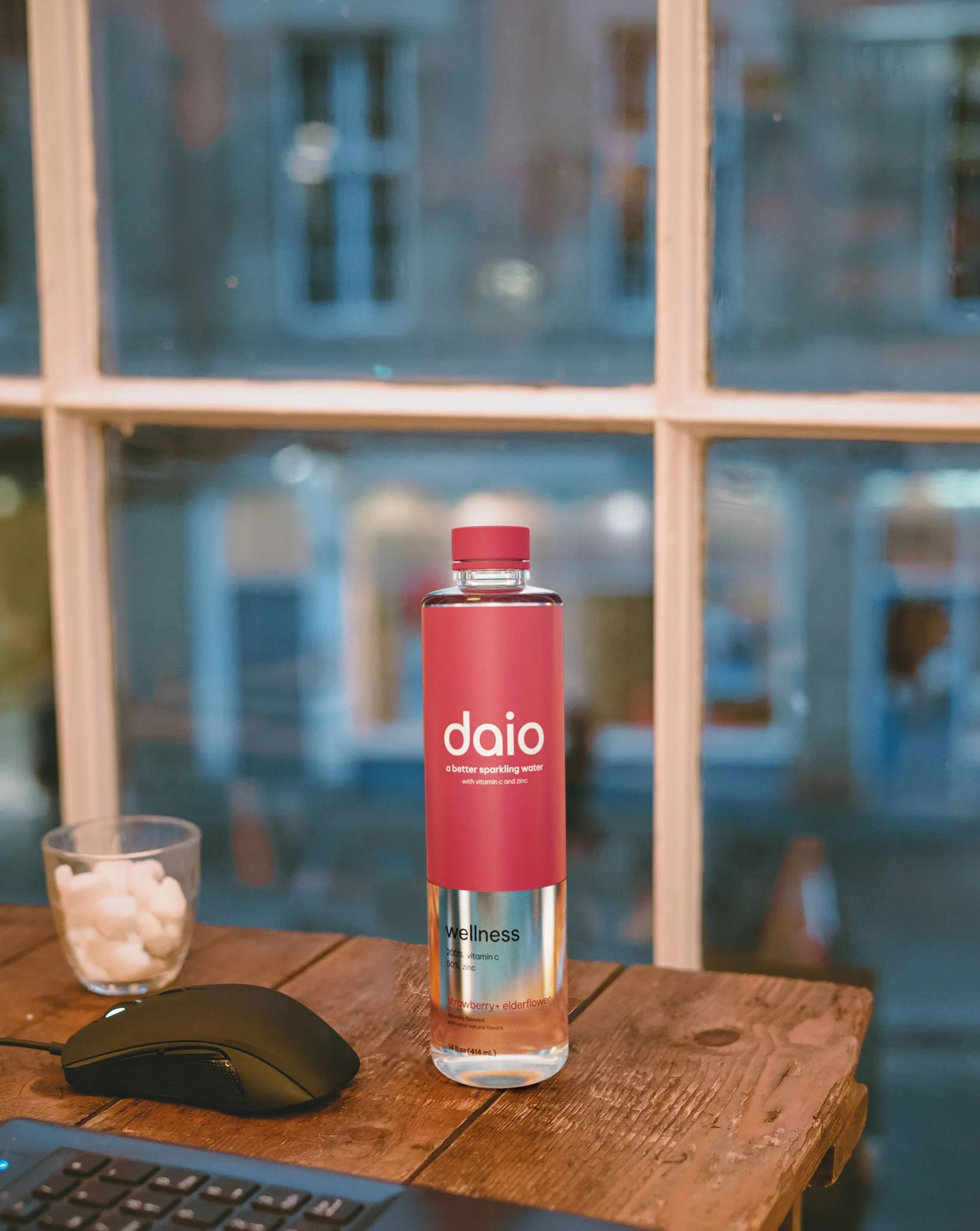daio: Compositing 3D Renders on to Stock Imagery
From time to time, we get requests from startups, sometimes, they are at an early stage, and everything is a concept, and sometimes, they are not yet produced. daio fit into the latter category. While the product was in production brand wanted the website ready and lived. In that case, we needed to create scenes to be ready.
The brand wanted scenes to look “life-like” and not made up like most standard stock websites. As a result, we decided to go with more realistic-looking stock sites such as Pexels & Unsplash.
There are several advantages to rendering products in 3D and compositing them onto stock photos. Firstly, it allows for greater flexibility and control over the final result. With 3D rendering, the product can be adjusted and modified to meet specific requirements, such as changing the color, texture, or shape. This also helps to ensure that the final image is consistent with expectations. Secondly, it helps to speed up the process of creating a finished product image. With pre-rendered 3D images, there is no need to wait hours while an object is rendered in real-time before it can be used in a photo shoot or video production.
This is especially useful when the physical product has not yet been produced, as it allows for visualizing the product without needing physical prototypes. Compositing the 3D product onto a stock photo can create a highly realistic and seamless final image. This is because the lighting and perspective of the 3D product can be adjusted to match that of the stock photo, creating a cohesive and visually appealing result.
Finally, 3D rendering and compositing can save time and money in the production process. It eliminates the need for costly and time-consuming photo shoots and allows for faster revisions and modifications. Overall, utilizing 3D rendering and compositing can greatly enhance the visual impact and efficiency of product marketing and advertising.



